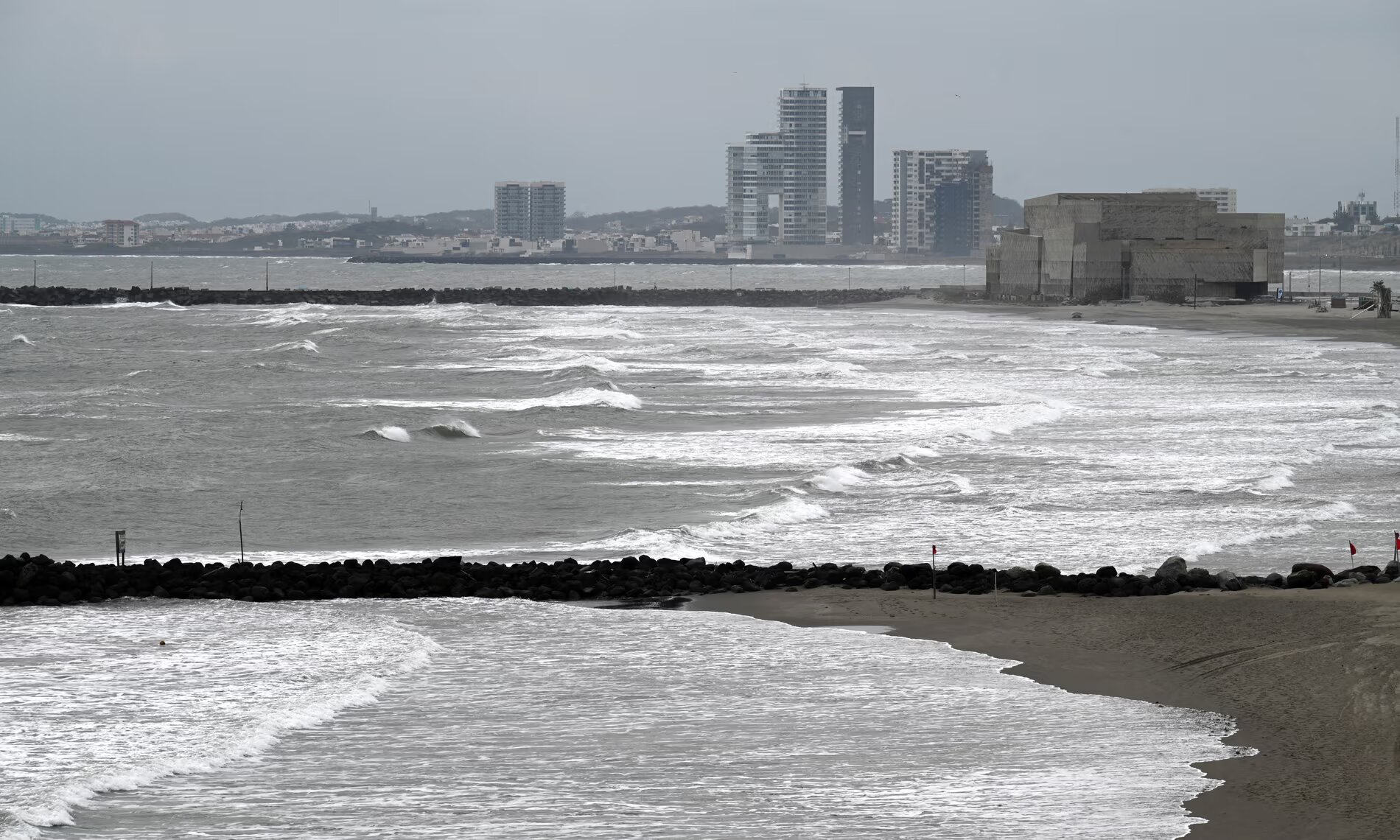In a move that has sparked debate and international curiosity, U.S. President Donald Trump has signed an executive order directing the renaming of the Gulf of Mexico to the Gulf of America. Google has announced that U.S. users of Google Maps will soon see the new name reflected in their applications.
The executive order, titled “Restoring Names That Honor American Greatness,” was signed on Trump’s inauguration day. It mandates that the Geographic Names Information System (GNIS) in the U.S. update the body of water’s name within 30 days.
The order justifies the renaming, stating,
“The area formerly known as the Gulf of Mexico has long been an integral asset to our once burgeoning Nation and has remained an indelible part of America.”
Additionally, the order rolls back another high-profile name change by restoring Mount McKinley as the official name of the Alaskan peak, reversing President Obama’s 2015 decision to rename it Denali in recognition of Indigenous heritage.
Google Maps has confirmed it will adopt the new name for U.S. users based on its policy of applying name changes from official government sources like the GNIS. In a statement posted on the platform X (formerly Twitter), Google explained:
“We’ve received a few questions about naming within Google Maps. We have a longstanding practice of applying name changes when they have been updated in official government sources.”
The tech giant also clarified that in cases where names differ between countries, Google Maps reflects local official names for users in that region while showing both names to the rest of the world.
While the U.S. may adopt “Gulf of America” as the official designation, other nations are not obligated to follow suit. For international users of Google Maps, the body of water will continue to display as both the Gulf of Mexico and the Gulf of America, consistent with Google’s dual-naming policy.
The decision to rename the Gulf of Mexico has stirred controversy:
- Cultural Sensitivity: Critics argue that the name change dismisses the historical and geographic significance of the Gulf’s connection to Mexico.
- Reversal of Denali’s Name: Reverting to Mount McKinley has also faced backlash from Alaskan Indigenous communities, who view the move as erasing efforts to honor their heritage.
- Global Recognition: Many experts point out that unilateral renaming efforts may hold little sway on the international stage, with most countries likely to continue using the name Gulf of Mexico.
With Trump’s executive order now in effect, the GNIS has 30 days to officially update these geographic names. Meanwhile, Google Maps users in the U.S. can expect to see “Gulf of America” and “Mount McKinley” reflected soon after the update.
While the renaming effort may resonate with Trump’s base as a symbolic assertion of national identity, the broader implications of such unilateral changes remain uncertain in a globalized world where geography transcends borders.

